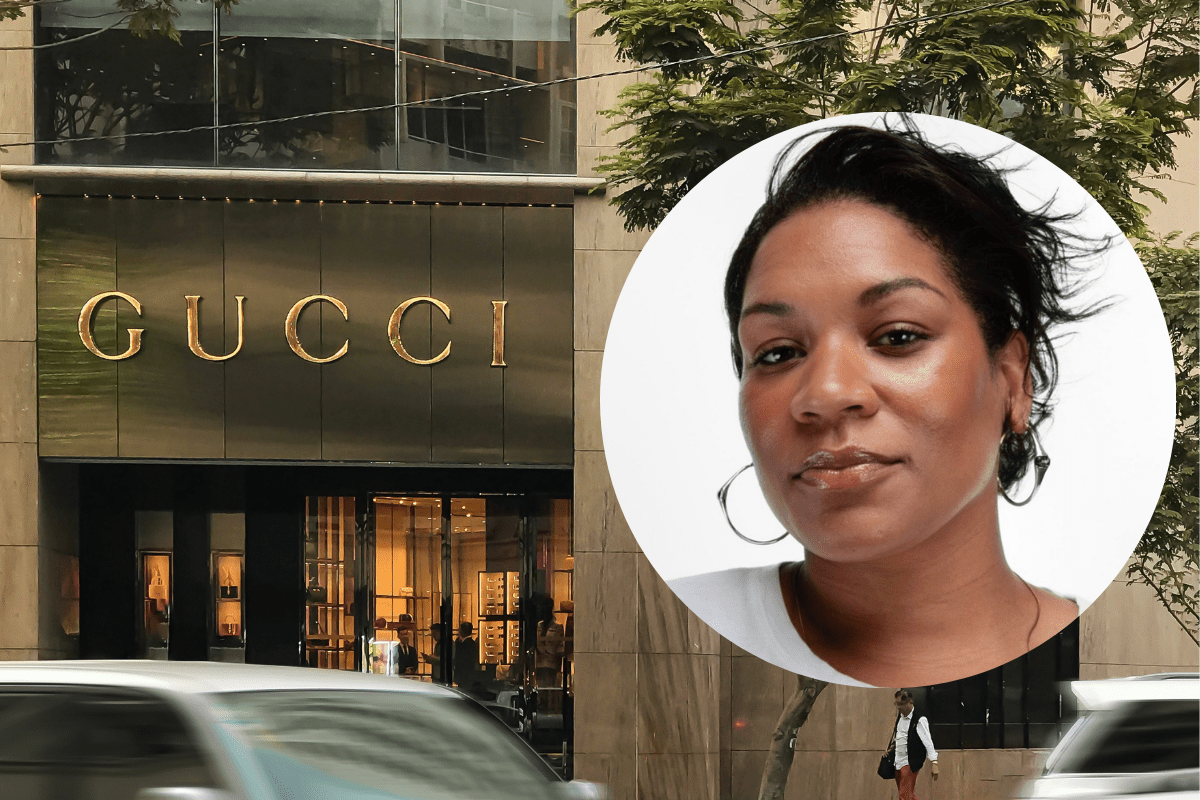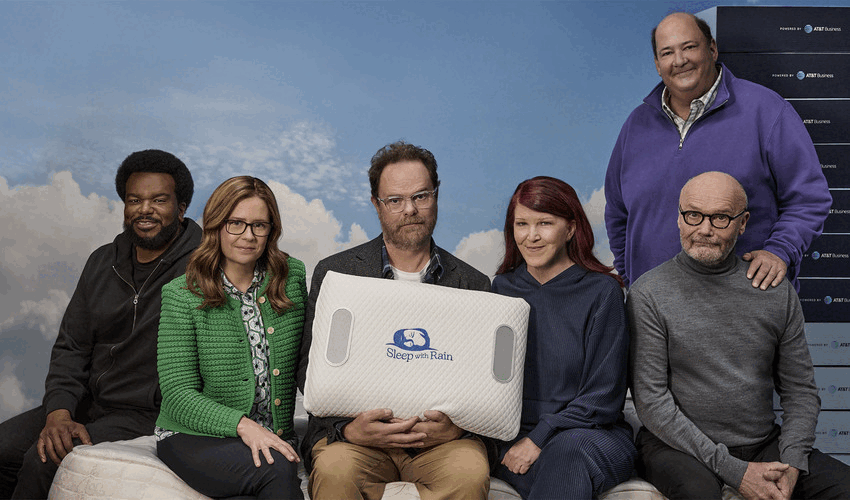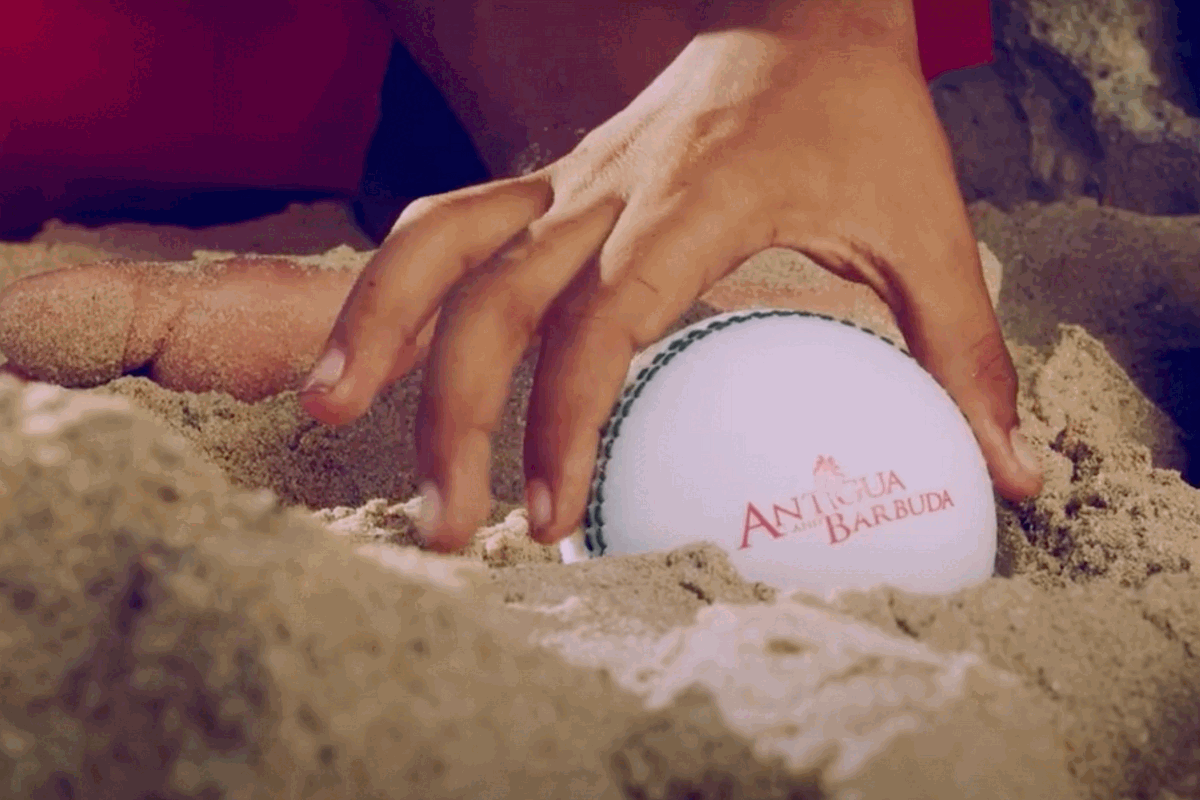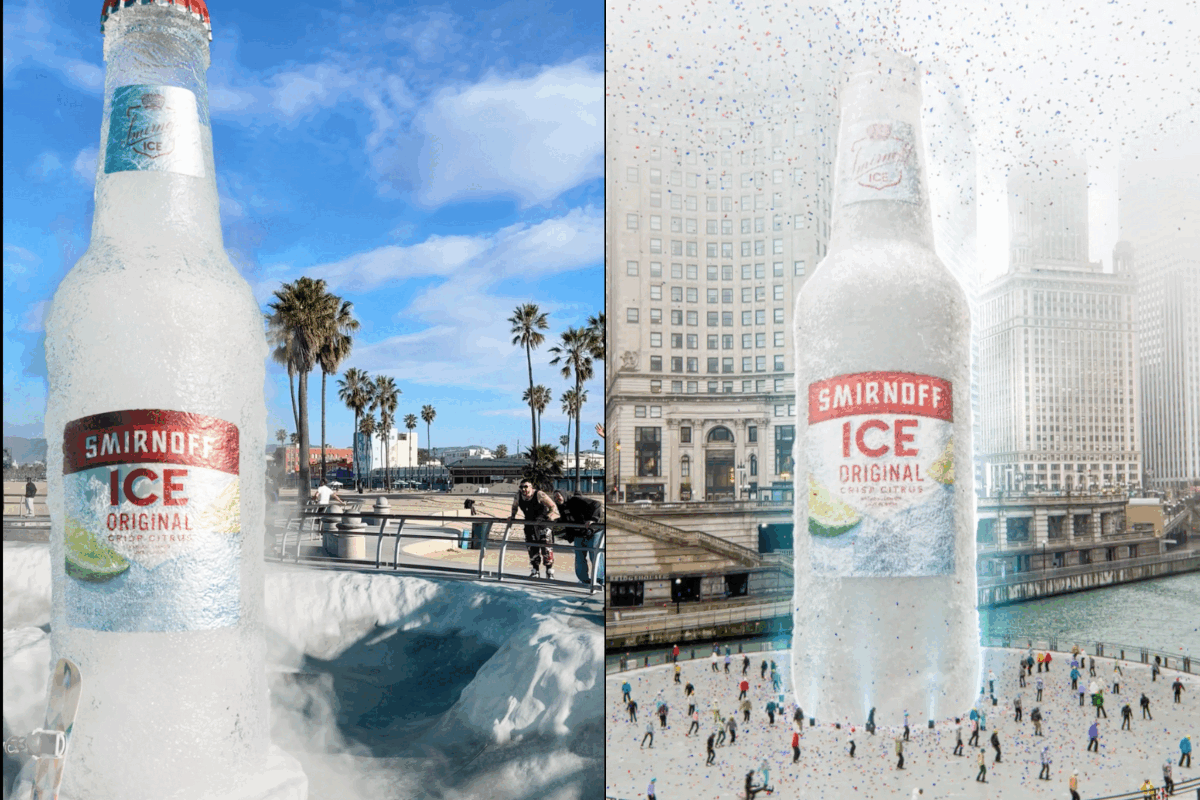IAB Europe poll highlights brand safety concerns
- Monday, January 20th, 2020
- Share this article:

IAB Europe has announced the findings of a Brand Safety Poll, in which 90 senior European leaders from across the digital advertising value chain gave their opinions on how brand safety was tackled in 2019 and what needs to happen in 2020 to ensure brand-safe environments for all stakeholders.
The results reveal that brand safety and privacy remain important, with 77 per cent of respondents saying that brand safety was a key priority. 57 per cent of respondents agreed that brand safety was top of mind to a greater degree than in previous years, citing increased understanding and knowledge of brand safety by advertisers. Brands are asking more questions than ever about where their ads are running and are becoming more conscious and stringent in their media plans.
IAB Europe has today also issued its ‘IAB Europe Navigator: Quality in Digital Advertising’ report, which provides brands and their agencies with insight into the national quality-level initiatives that are progressing throughout Europe. These include the IAB UK Gold Standard; the Digital Ad Trust in France; BVDW Digital Trust Initiative in Germany; the Index Quality Initiative in Italy; plus guidelines in Finland, Spain and Sweden amongst others. All of these initiatives were set up by national markets to encourage responsible and sustainable advertising throughout the ecosystem.
“Brands fear the reputational damage that can come with a safety breach and expect more insight into where their ads are running and alongside which content,” said IAB Europe CEO, Townsend Feehan. “Their increasing sophistication and engagement in this area is creating more actionable pressure for change, which benefits the whole ecosystem.”
The ‘Quality in Digital Advertising’ report provides clarity and a central resource for brands and intermediaries regarding the initiatives currently running across Europe. It lists the different standards and guidelines that companies from across the advertising value chain can support in Europe, with each initiative establishing best practices, transparency and accountability to secure consumer and brand trust in digital advertising.
When outlining how the buy-side protected against brand safety concerns, the Brand Safety Poll indicates that blacklists and keyword targeting remain the dominant methodology. 94 per cent of respondents said they use blacklists, while 91 per cent use keyword targeting, 88 per cent use whitelists, and 84 per cent use verification partners.
A common theme within the poll was the ongoing need for industry education, with wider discussion about solutions, differences, options, further education and knowledge exchange cited as important in 2020.
“It is encouraging to see from the results of the Brand Safety Survey Poll that the industry has a high awareness of the digital risk in the advertising industry,” said Stevan Randjelovic, brand safety and digital risk director at GroupM EMEA. “This is a testament of the collaborative effort the industry is undertaking. However, the fact that the concerns about different areas have either remained the same – or have or have increased – tells us that the industry must continue working together on full adoption of third-party verification, proprietary controls and new technological solutions.”















